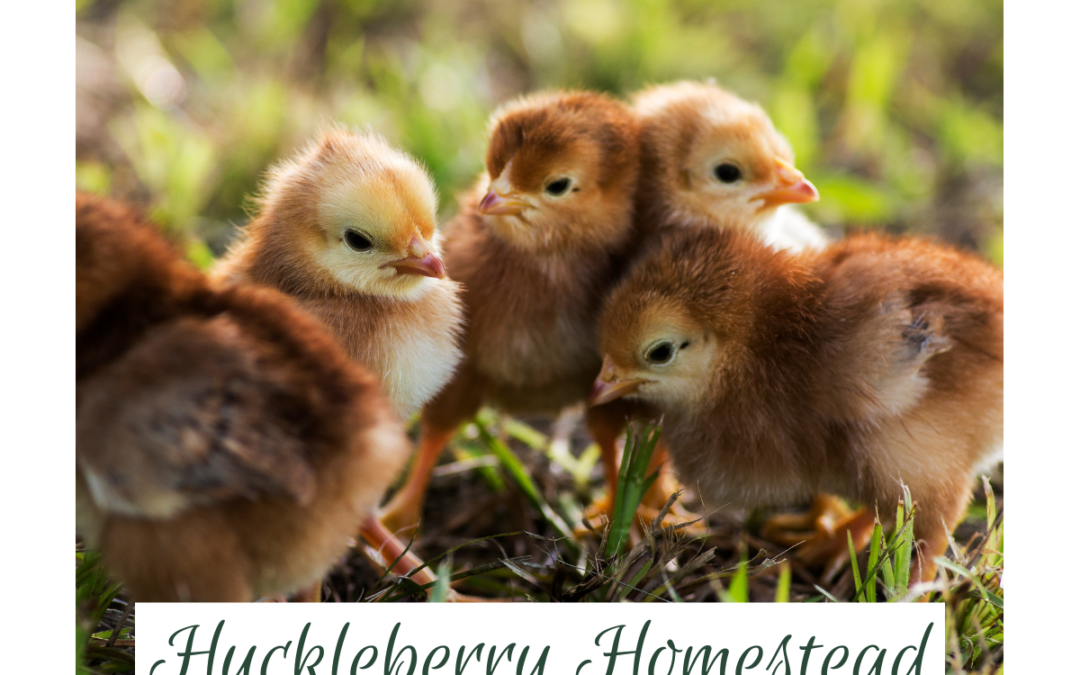It is springtime here in the chicken yard. The roosters are crowing, the hens are laying steadily again, and the weather is warm. It is time to incubate some of our Rhode Island Red eggs!
We love our Rhode Island Reds. They are a breed well-suited for central Virginia, where the summers get unbearably hot but the winters can bring a lot of ice and snow. They are weather- tolerant, very docile, and amazing layers.
Hens use a lot of calcium to lay their eggs. To supplement this loss, we feed our chickens oyster shells and even leftover chicken eggs shells. While a strong eggshell is great for the eggs that we eat and package for selling, a strong eggshell makes it challenging for baby chicks to break out and hatch.
 We make sure that we not only monitor the heat in our incubator, but also the humidity level. Adding water to the well below the incubating eggs helps humidify and therefore soften the egg shells a bit to offset the calcium-rich resilience of our hens’ eggshells. These little guys have to work awfully hard with their egg tooth to pip (or break) the shell.
We make sure that we not only monitor the heat in our incubator, but also the humidity level. Adding water to the well below the incubating eggs helps humidify and therefore soften the egg shells a bit to offset the calcium-rich resilience of our hens’ eggshells. These little guys have to work awfully hard with their egg tooth to pip (or break) the shell.
As tempting as it may be to help these chicks break the shell open, that is frequently fatal to the. hatchlings. They gain strength and go through their necessary developmental process by hatching all on their own. We allow our hatchlings to completely vacate the shell and give them time to adjust in the incubator before moving them to the brood. It is amazing to watch.
After the chick is dried off, moving independently, and able to control her shanks and wings and head, we move the chick into a communal area with other chicks where they will be able to socialize, learn to drink water, and eat their chick starter feed. This feed is specially designed to provide the nutrition chicks need to develop properly. They grow and learn so quickly!
As the chicks grow, they will need more space and less heat. While full maturity time varies with the breeds, our Rhode Island Reds generally start laying occasional eggs with softened shells around 5 months, and laying more formidable eggs, often with double-yokes, around 6 months. It is amazing how these vulnerable chicks grow into majestic, curious Rhode Island Red chickens!

